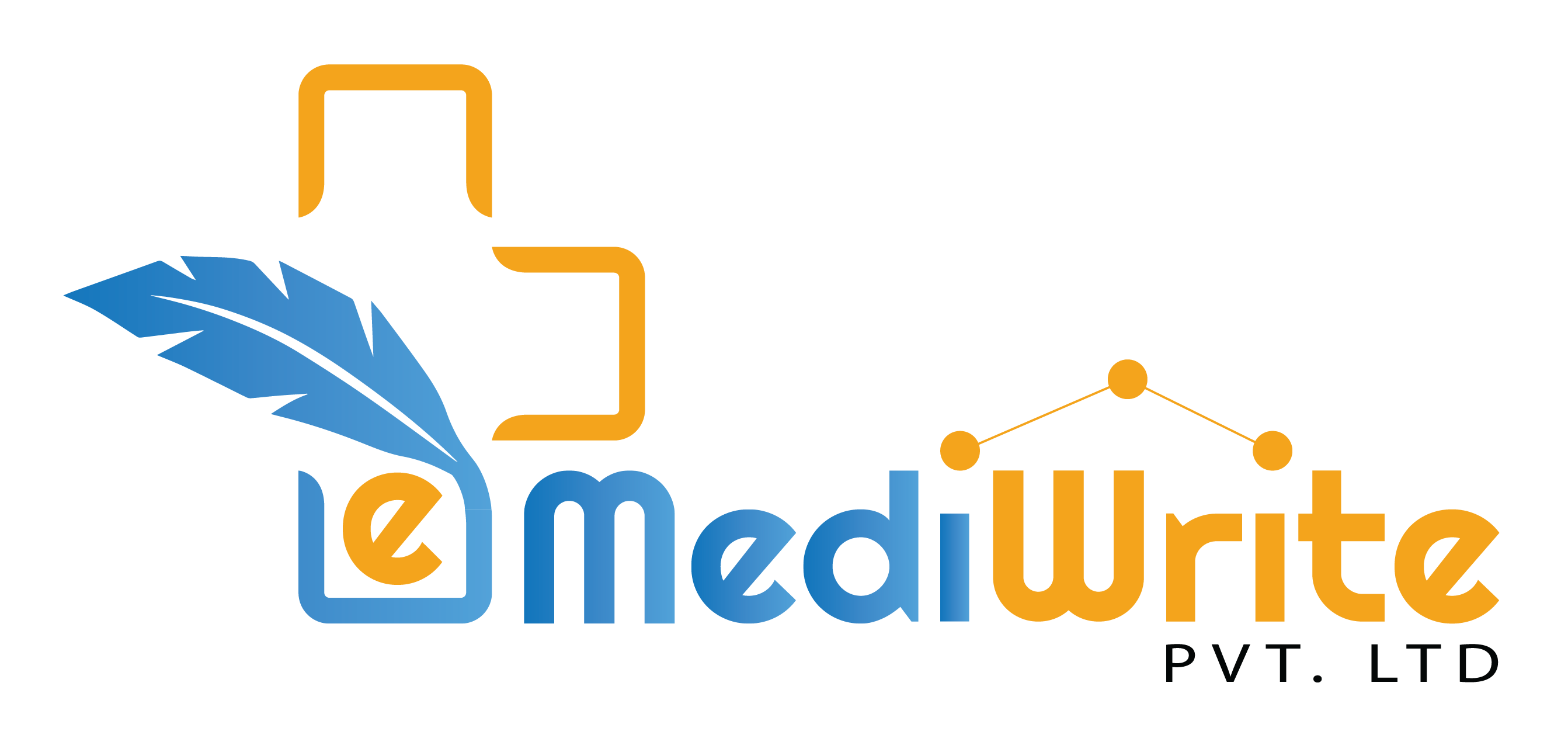Role: Giving advice and supporting the Editor that is responsible for the particular Journal content.
Specific Areas of Responsibility
Editorial Board members will work closely with the Journal Editor and sub-editors. Close working may also be required with the Director of Publications, the Head of Publications, the Website content manager, and the Staff Editors.
Editorial Board members – General Guidelines for all members
- All Editorial Board member are required to submit at least 4 manuscripts per annum.
- Editors undertake full responsibility of the entire content of the Journal.
- Contribute, manage, and co-ordinate with other board members for the successful content development of the Journal.
- Communicate new policies and guidelines to the reviewers and authors.
- Always maintain clear and steady communication with the editorial office.
- Integrity for the published work should be assured.
- Protect individual data and maintain confidentiality.
- The contributing authors will expect constructive, fair and timely feedback which must be given to them by Editorial Board members.
- The Journal’s reputation among the academic community should be promoted.
Associate Editor
One-year renewable term subject to performance review.
Qualification criteria for Associate Editor Board member
- Academic rank above Assistant professor or equivalent.
- 30-50 publications in National or International peer reviewed journals.
- Expected to know the policies of the Journal and publisher, Author guidelines, Editor Guidelines and Reviewer guidelines.
Roles & Responsibilities of the Associate Editor
- Guide the Authors, Editors and Reviewers as per Journal guidelines on the website.
- Submission of high quality articles for the Journal and monitor for high quality consistency.
- Monitor uniformity of writing style, language, and presentation as per Journal’s specificity.
- Effective peer review process and timely publication.
- Ensure Journal content quality and integrity.
- Check for manuscript plagiarism and publication duplication in other Journal.
- Suggest new policies for the development of the Journal.
- Suggest eminent peer review persons.
- Take up the role of Editor-in-chief if he/she is not available.
- Assist seniors to preserve high quality Journal content.
- Promote the goodwill of the Journal to Authors, Editorial Board members, readers, and publishers.
Editorial Board Member
Two- year renewable term subject to performance review.
Criteria for Editorial Board Member
- Academic rank above Associate Professor or equivalent.
- 40-60 publications in National or International peer reviewed articles / journals.
Roles and Responsibilities of Editorial Board Member
- Encourage high quality papers submission.
- Assist the Editor-in-Chief in manuscript acceptance process.
- Assist the Editor-in-Chief and involve in the peer review process.
- Assist the Editor-in-Chief in setting annual objectives and assign responsibilities for peer review process for timely completion.
- Taking decisions and communicating with other Board members.
- Serve in the review process and ensure high quality publication in the Journal.
- Provide feedback to the contributors, Editors and Reviewers.
- Promoting new policies when introduced.
- Check for manuscript plagiarism and publication duplication in other Journal.
- Support the Editor-in-Chief in ethical issue management, complaints and appeals pertaining to the publication standards.
- Suggest new policies for the development of the Journal.
- Editor Board member should view themselves as possible candidates for being the next Editor-in-Chief.
Editor-in-Chief
Two-year renewable term subject to performance review.
Criteria to become Editor-in-Chief
- Academic rank above Professor or equivalent.
- 75-100 publications in National or International peer reviewed articles.
Roles and Responsibilities of the Editor-in-Chief
- The Editor-in-Chief should guarantee the quality and integrity of the Journals content.
- To educate and communicate the vision of the Journal to the authors, readers, editorial board members and publisher.
- Enhance quality and elevate the significance of published articles.
- Take whole responsibility of the Journal. Should possess extensive Editorial experience and good interpersonal skills. They should know the subject, research design, statistics, publication ethics and standards.
- Develop the Journal by encouraging quality article submission.
- Suggest further improvisations with additional policies pertaining to the Journal.
- Give Editorials on the Journal’s performance to encourage submission of quality articles.
- Select and rotate Editorial Board members, maintain Journal development, and participate in the review process.
- Creative annual objectives of peer review process and periodic publications. Assess the performance of Board members and promote deserving editors fairly. Troubleshoot areas to improve the objectives that are not achieved timely.
- Make recommendations to the Editorial office promptly regarding manuscript submission outcomes.
- The Editor-in-Chief gives the final approval to either accept or reject an article.
- Check for manuscript plagiarism and publication duplication in other Journal.
- Support the publisher in handling complaints and appeals regarding publication of any duplicate or fraudulent work.
Note: 4-5 manuscripts each year are expected to be reviewed by members. Failing this, editors will be deposed from the Editorial Board as per the Editorial policy. The Editorial office reserves the right to alter this criteria based on the Journal under consideration.

